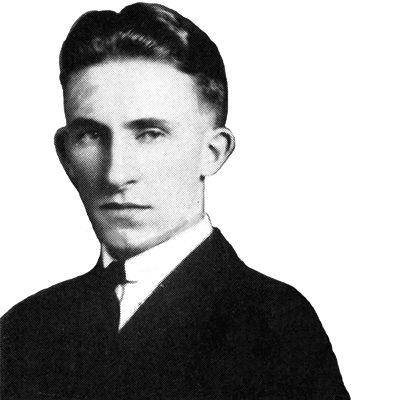Roland Snodgrass

Roland Snodgrass pursued eclectic interests in college and life but always returned to farming. He became known as the "father of Alaska agriculture" after decades of advocating for the interests of farmers.
Snodgrass' father, Milton, came to Alaska in 1907 to help operate federal experiment farms in Kenai, Kodiak, the Matanuska Valley and Fairbanks. "Rollie" Snodgrass graduated from the Alaska Agricultural College and School of Mines with an agriculture degree in 1932.
A few summers later, he joined AACSM archaeologist Otto Geist's 1934 expedition to St. Lawrence Island. Snodgrass married Alice Mikami after she graduated from AACSM in 1935.
The Snodgrass couple moved to the Palmer area. Alice worked for the federal government's Depression-era effort to establish Midwest farmers in the Matanuska Colony.
Roland worked at a variety of enterprises. Beyond his anthropological work, he was "a professor of genetics, chemistry and agriculture, a surveyor and veterinarian, a lifetime Alaska farmer, land use planner, agricultural economist and director of the state Department of Agriculture," wrote fellow farmer and Alaska Sen. Jay Kerttula after Snodgrass died in 1983. "He was the catalyst in developing our community college. He gave the site of the new town of Palmer to the Colony. He was the first bulldozer operator in Alaska in 1928. If some believe that is too much for one lifetime -- that is just the tip of the iceberg."
Another farmer, Donald Breedon, recalled Snodgrass' dedicated service to farmers. "I can't ever remember attending an agriculture-related meeting that Rollie wasn't at," he said.
More online about Roland Snodgrass:
- An article on the UA Journey site
- An obituary
- An obituary for his wife
- An article about the Matanuska Colony that mentions how the community stopped the Army from taking Alice Snodgrass away after Japan bombed Pearl Harbor in 1941
- Information about his father
- Information about his mother


